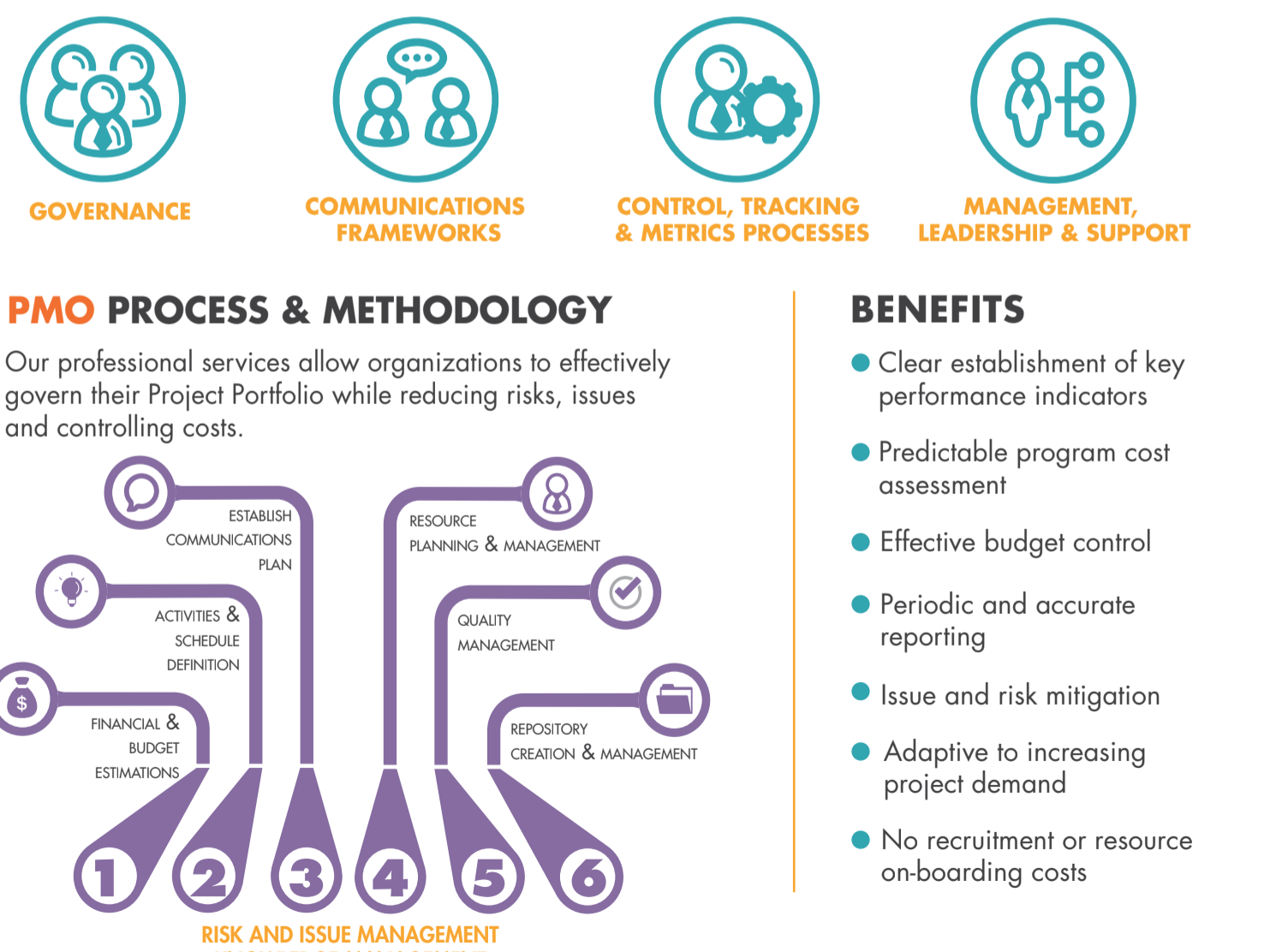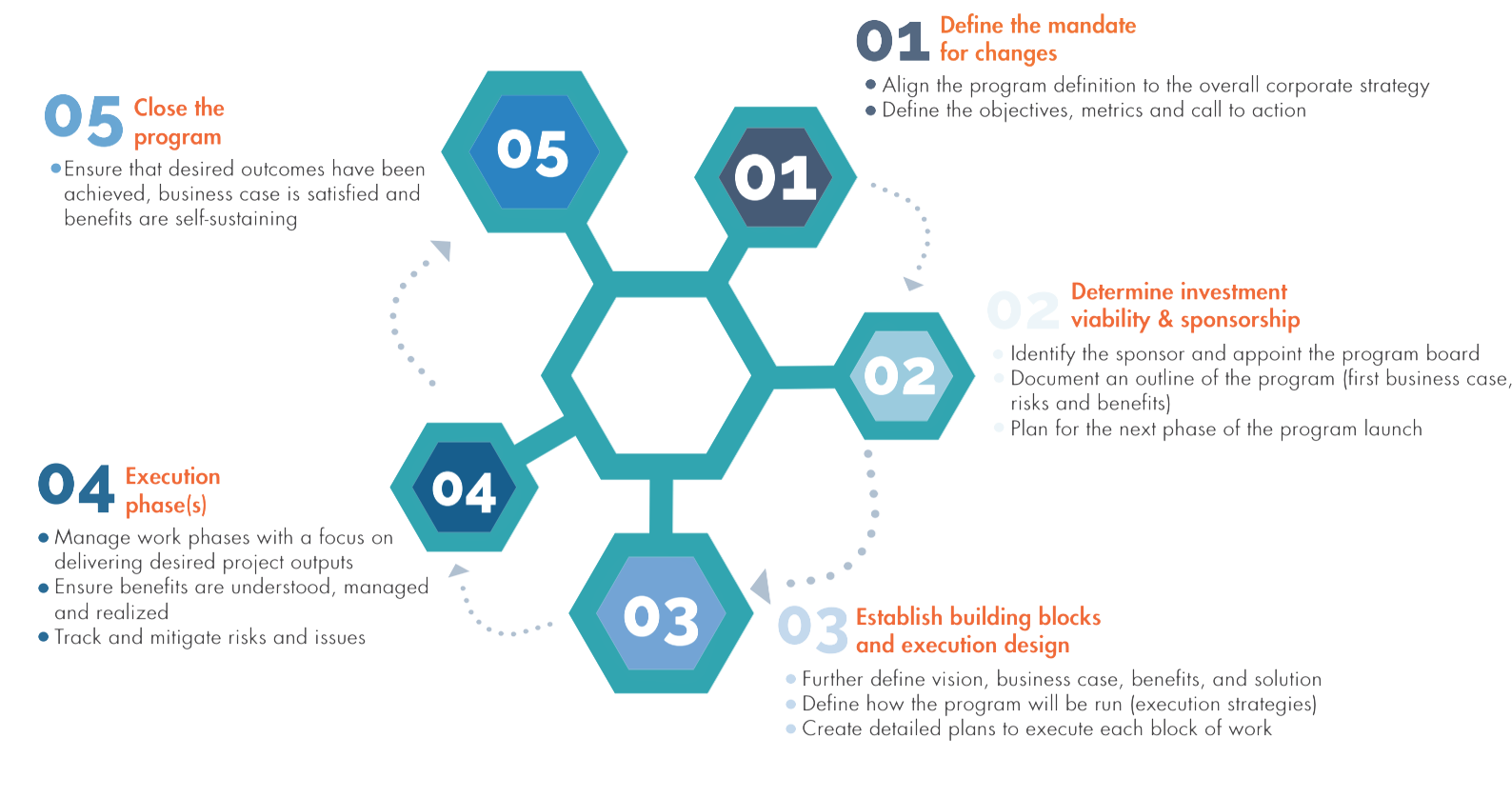2) Establish Expectations
Remote workers have been shown to be more productive than their on-site counterparts. This goes against what most companies expect when they create remote teams or are forced into a work-from-home situation as many have been recently. As long as you lay out specifics as to what’s expected of each employee, and go out of your way to create that feedback loop mentioned above, you too can reap the rewards of a super-productive project team.
One key is to be understanding and give some extra leeway at the beginning. Moving from on-site to remote takes some work on the part of your employees. They need to break old habits and establish new ones in their place. They have to create entirely new home and work routines to make room for this paradigm shift. This takes time, and it’s in your best interest to allow some room for these routines to take firm root before expecting a fully functioning team to emerge.
Another suggestion here is to shift expectations to output metrics—in other words, become a pay-for-production team, at least for a while. This gives your people the freedom to work at their pace, on their schedule (aside from scheduled meetings, of course) and gives them the time they need to find their new flow.
This is a two-way street. At the same time you’re outlining what is expected of every team member, you need to also let them know precisely what they can expect from you. Whether you create virtual office hours when you’re available for one-on-one video meetings or you create a special Slack channel you monitor at set times every day—let them know what you’re there to do and how you can help them work up to their potential.
3) Establish Protocols
Along with a strategic understanding of the project parameters and expectations, your team needs to know what procedures to follow and when. This is another case for having a central document store where you can leave instructions for every known situation that may arise. While you’re at it, creating a protocol for what to do in the event of an unknown situation is a great idea, too. This way, no matter what your team encounters as they go about their project tasks, they’ll know how to handle it.
Be sure to include a basic hierarchy so everyone knows who is responsible for which aspects of the project, especially in cases where team members might need specific information that their direct manager doesn’t have. Conversely, if that manager is unavailable, this will let your team know who to go to as a backup. Best practice for project management would be to use something like the RACI model:
- Responsible: The individual doing the work associated with the task
- Accountable: The person who is answerable for the correct completion of that task
- Consulted: Others whose input is sought at various times during the project
- Informed: People who are kept up-to-date on project status and milestone completion
Using this model ensures that every stage of every project, to the level of individual tasks, has a responsible party. This goes a long way toward quelling concerns, as everybody on the team can quickly and easily consult this chart to find out who they need to be talking to, no matter the issue.
4) Use Appropriate Technology
Luckily for you, remote technologies have made major headway in recent years. The near-ubiquity of broadband internet access, coupled with the power now available in even the smallest mobile devices means that it’s no longer difficult to ensure your whole team is ready and able to work from wherever they are.
The goal, as always, is to make it as painless as possible, and to make the transition as smooth as possible for your team. And with the infinitely scalable infrastructure now available to the masses, this has never been easier.
The first step is to find the right project management solution for your project and team. There are too many possibilities to list here, so we’re not even going to try. What we will say is this, find one that suits your current needs, yet is also extensible and scalable so you can add modules and features, not to mention users, as those needs change.
Then set up the tech to back up your boundaries and expectations as established back at numbers 1 and 2. If you’re going to have daily standups, create a recurring scheduled item in your team calendar tool with a link to the right Zoom room. Looking to allow folks to blow off steam with watercooler gossip? Create a Slack channel specifically for those off-topic conversations you used to have in the break room over coffee.
Do you have team members in other time zones, or some who you just know will be working long after “office hours?” Be sure your email system is up to the challenge, because that’s going to be the best fallback for asynchronous communication. And, as a bonus, it’s likely already in place and in use.
Lastly, be sure you have a robust, cloud-based collaboration tool. This can be as simple as a shared drive on G-Suite, or as massive as an Azure-hosted Sharepoint site, or anywhere in between. Not only can your team work on project files simultaneously, with everyone seeing the edits being made in real-time, but since cloud solutions don’t rely on device processing power, you can have team members using their phones, or their outdated family PCs and remain just as productive as if they had their full-powered workstation at the office.









